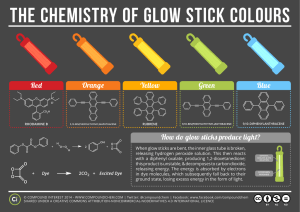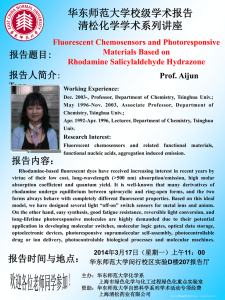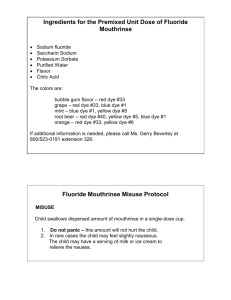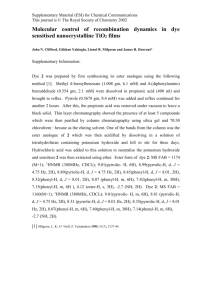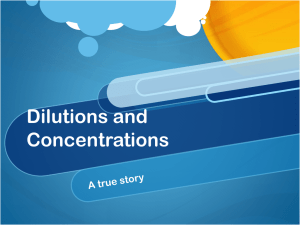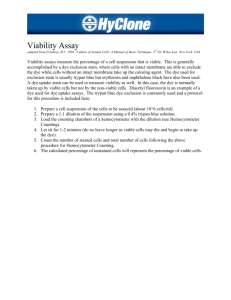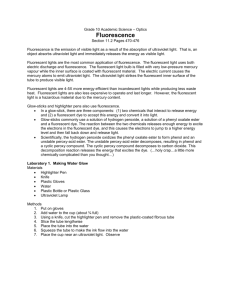The Rational Development of Brighter, More Light
advertisement
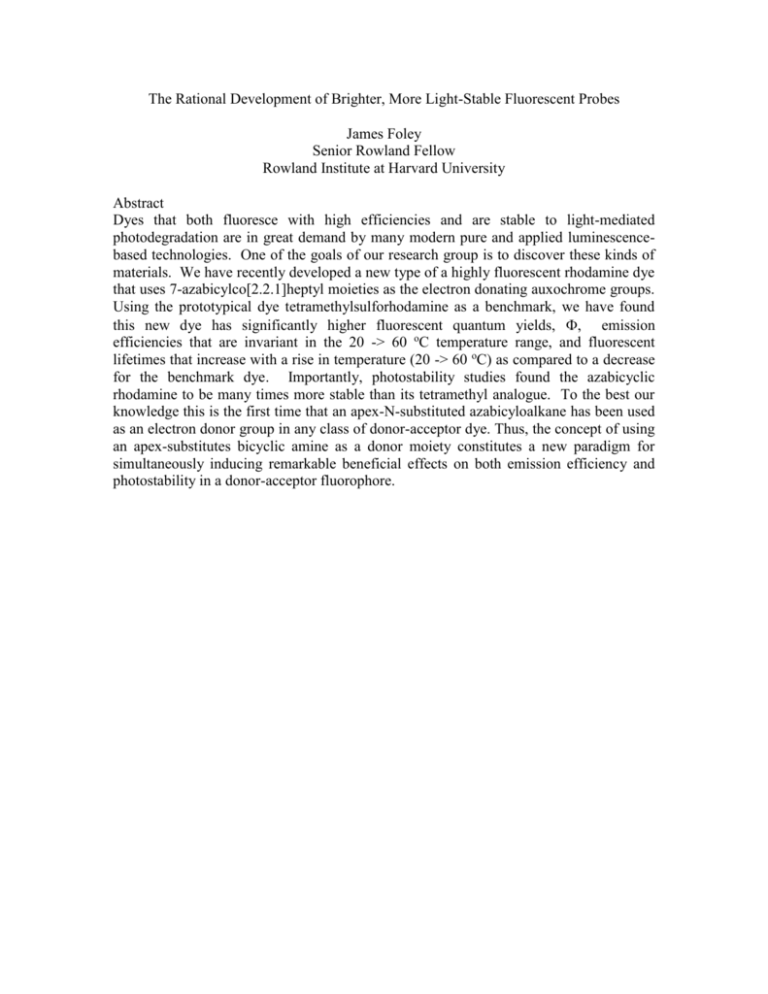
The Rational Development of Brighter, More Light-Stable Fluorescent Probes James Foley Senior Rowland Fellow Rowland Institute at Harvard University Abstract Dyes that both fluoresce with high efficiencies and are stable to light-mediated photodegradation are in great demand by many modern pure and applied luminescencebased technologies. One of the goals of our research group is to discover these kinds of materials. We have recently developed a new type of a highly fluorescent rhodamine dye that uses 7-azabicylco[2.2.1]heptyl moieties as the electron donating auxochrome groups. Using the prototypical dye tetramethylsulforhodamine as a benchmark, we have found this new dye has significantly higher fluorescent quantum yields, emission efficiencies that are invariant in the 20 -> 60 oC temperature range, and fluorescent lifetimes that increase with a rise in temperature (20 -> 60 oC) as compared to a decrease for the benchmark dye. Importantly, photostability studies found the azabicyclic rhodamine to be many times more stable than its tetramethyl analogue. To the best our knowledge this is the first time that an apex-N-substituted azabicyloalkane has been used as an electron donor group in any class of donor-acceptor dye. Thus, the concept of using an apex-substitutes bicyclic amine as a donor moiety constitutes a new paradigm for simultaneously inducing remarkable beneficial effects on both emission efficiency and photostability in a donor-acceptor fluorophore.
